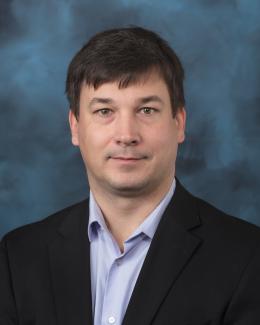Abstract
Moving toward a future of efficient, accessible, and less carbon-reliant energy devices has been at the forefront of energy research innovations for the past 30 years. Metal-halide perovskite (MHP) thin films have gained significant attention due to their flexibility of device applications and tunable capabilities for improving power conversion efficiency. Serving as a gateway to optimize device performance, consideration must be given to chemical synthesis processing techniques. Therefore, how does common substrate processing techniques influence the behavior of MHP phenomena such as ion migration and strain? Here, we demonstrate how a hybrid approach of chemical bath deposition (CBD) and nanoparticle SnO2 substrate processing significantly improves the performance of (FAPbI3)0.97(MAPbBr3)0.03 by reducing micro-strain in the SnO2 lattice, allowing distribution of K+ from K-Cl treatment of substrates to passivate defects formed at the interface and produce higher current in light and dark environments. X-ray diffraction reveals differences in lattice strain behavior with respect to SnO2 substrate processing methods. Through use of conductive atomic force microscopy (c-AFM), conductivity is measured spatially with MHP morphology, showing higher generation of current in both light and dark conditions for films with hybrid processing. Additionally, time-of-flight secondary ionization mass spectrometry (ToF-SIMS) observed the distribution of K+ at the perovskite/SnO2 interface, indicating K+ passivation of defects to improve the power conversion efficiency (PCE) and device stability. We show how understanding the role of ion distribution at the SnO2 and perovskite interface can help reduce the creating of defects and promote a more efficient MHP device.



